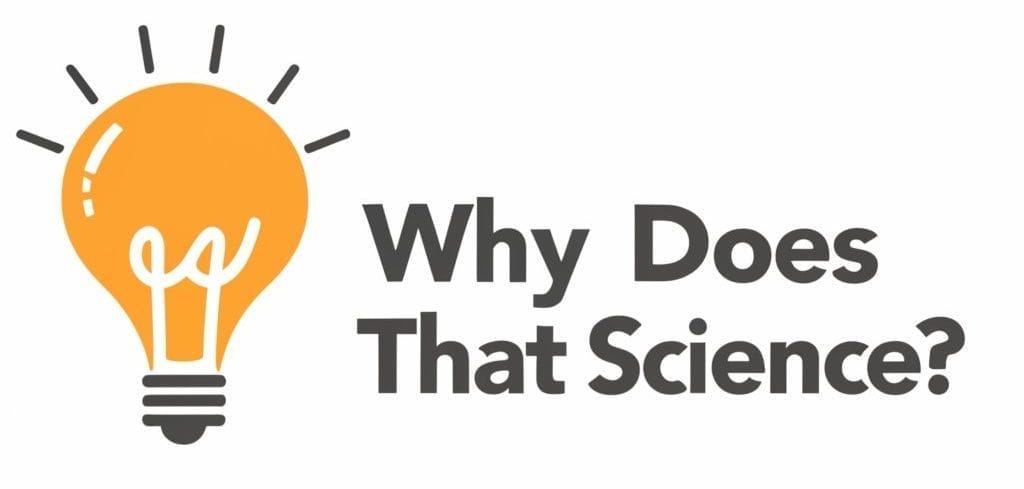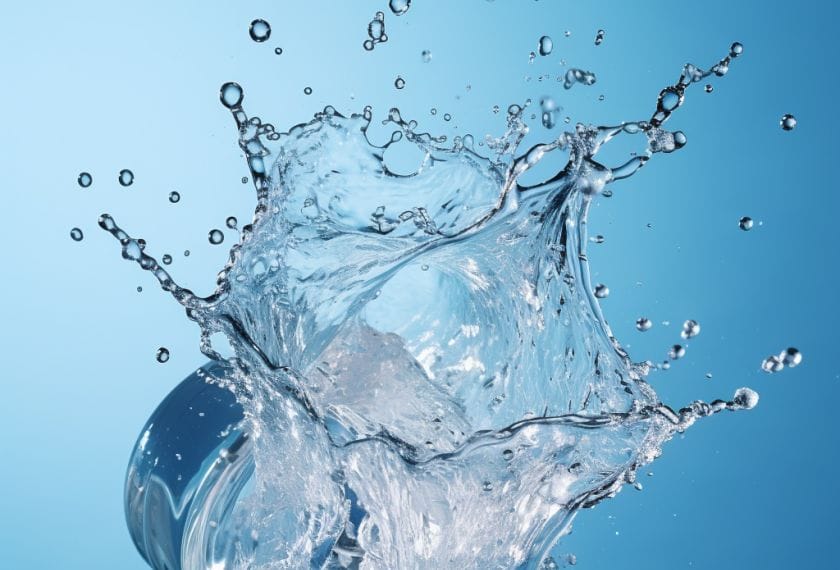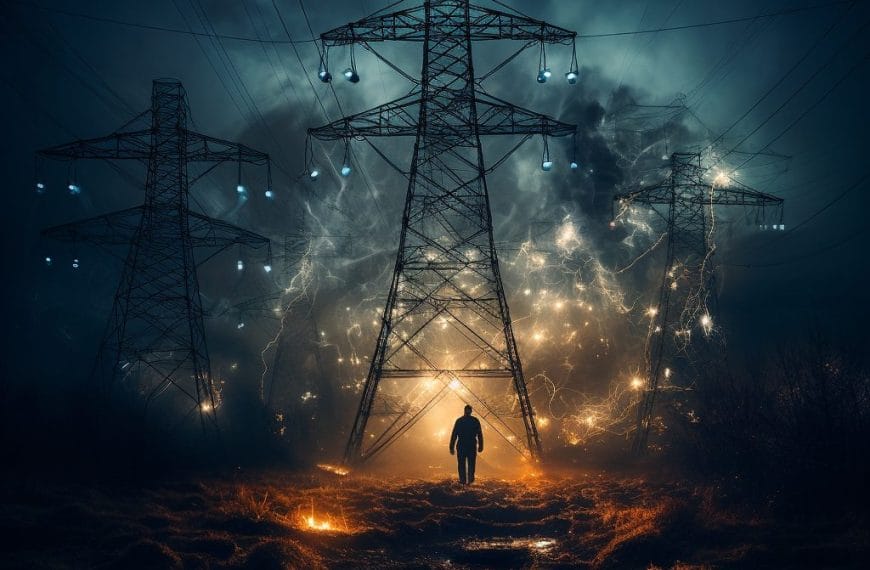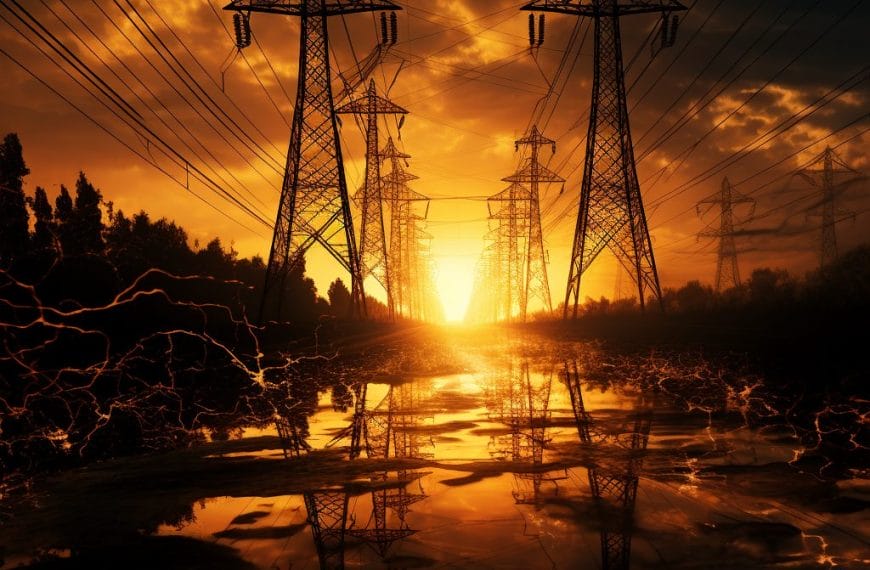Quick Answer: Fiber-optic data transmission uses pulses of light to rapidly carry huge amounts of information over thin glass or plastic fibers. It’s faster, cleaner, and more reliable than copper wiring—making it the backbone of today’s high-speed global communication.
Introduction: Shedding Light on Fiber-Optic Data Transmission
Imagine sending a text message not as an electrical signal, but as a flash of light racing through a hair-thin strand of glass. That’s exactly the magic of fiber-optic communication. Instead of moving electrons through metal wires, fiber systems use light pulses—often infrared—encoded with data. This light zips through the cable’s core at remarkable speeds with minimal loss, even over long distances. The result? High-bandwidth, lightning-fast, interference-free connectivity that powers the internet, television, and beyond.
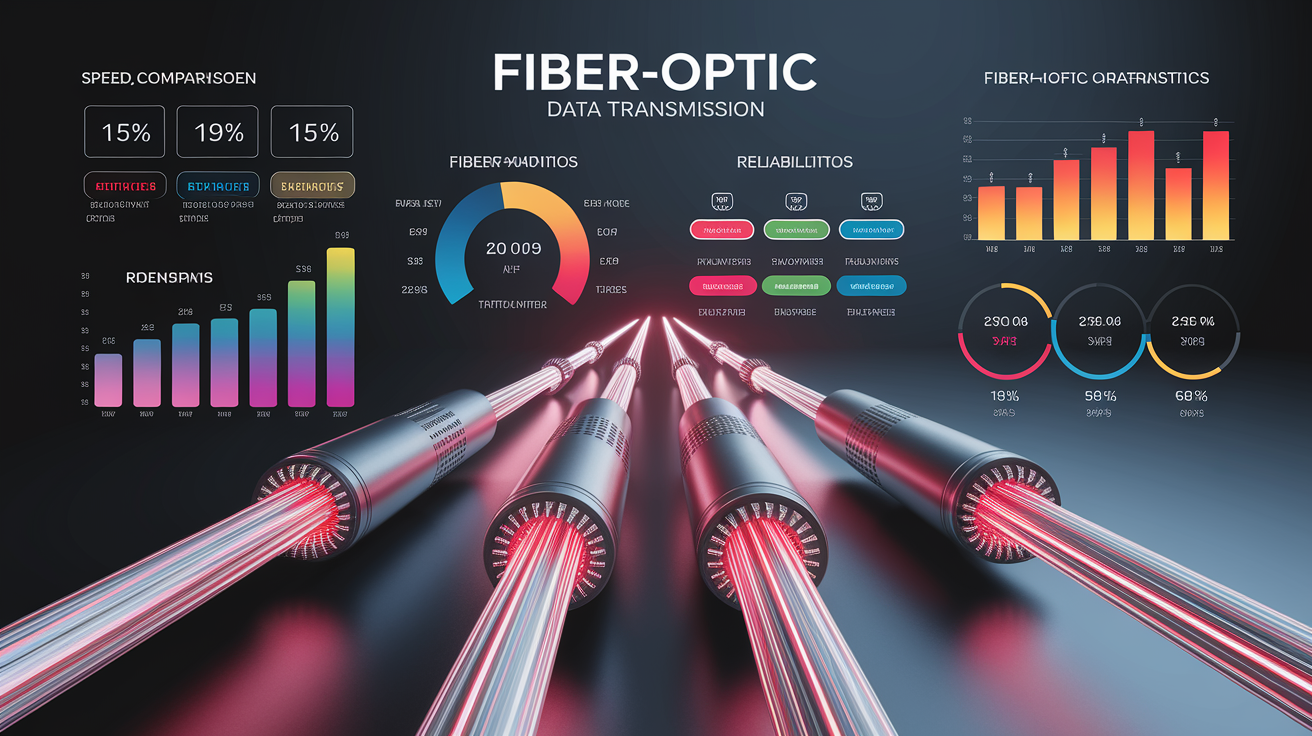
The Building Blocks: Core, Cladding, and Coating
An optical fiber looks simple, but it’s a precision-engineered marvel made up of three main parts:
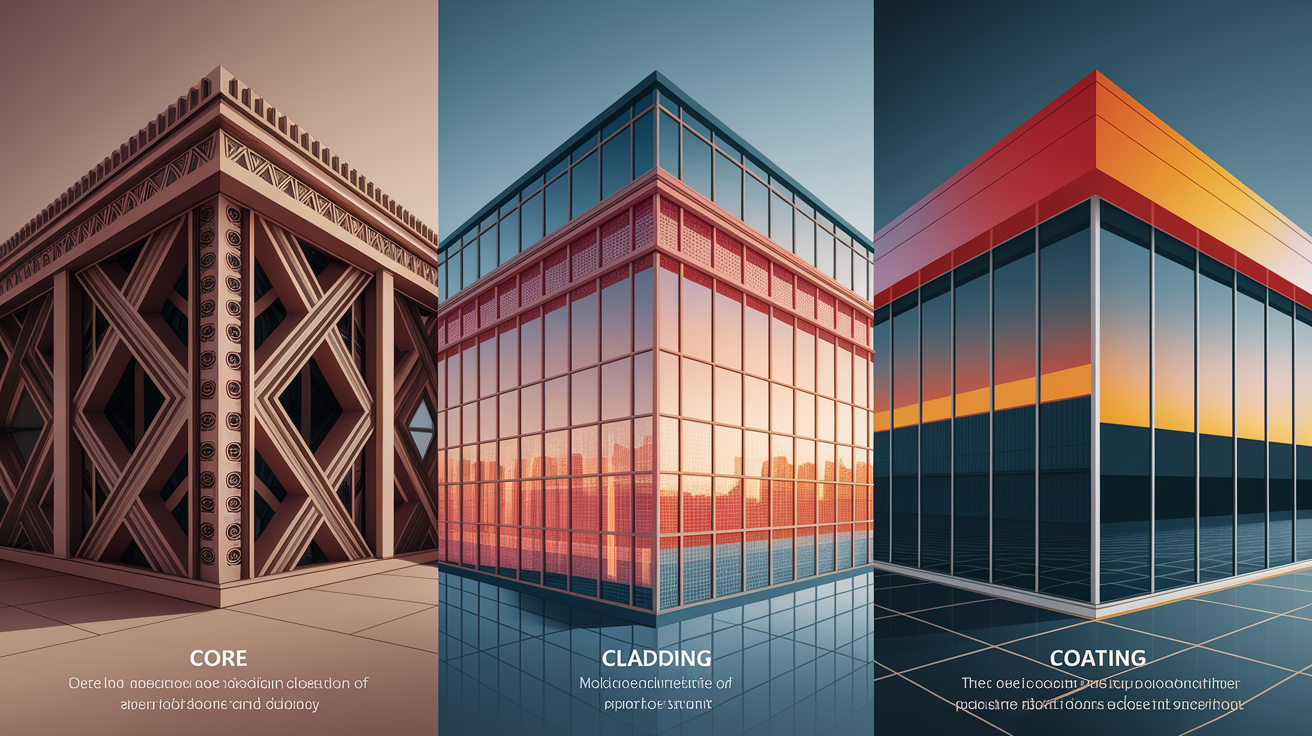
- Core: A slender thread of glass or plastic with a high refractive index, serving as the main highway for light transmission.
- Cladding: A layer surrounding the core, designed with a slightly lower refractive index. This keeps light trapped inside via total internal reflection, guiding the signal forward with very little energy lost.
- Coating (or buffer): A protective outer layer that shields the fiber from moisture, bending, and physical damage.
Light travels down the core by bouncing repeatedly off the cladding—just like a hallway with perfectly mirrored walls guiding a laser pointer’s beam. For long-haul transmissions, single mode fibers are often used, while multimode fibers are better suited for shorter runs.
Why Fiber Beats Copper: Key Advantages
Compared to traditional copper cabling, fiber optics deliver a clear set of wins:
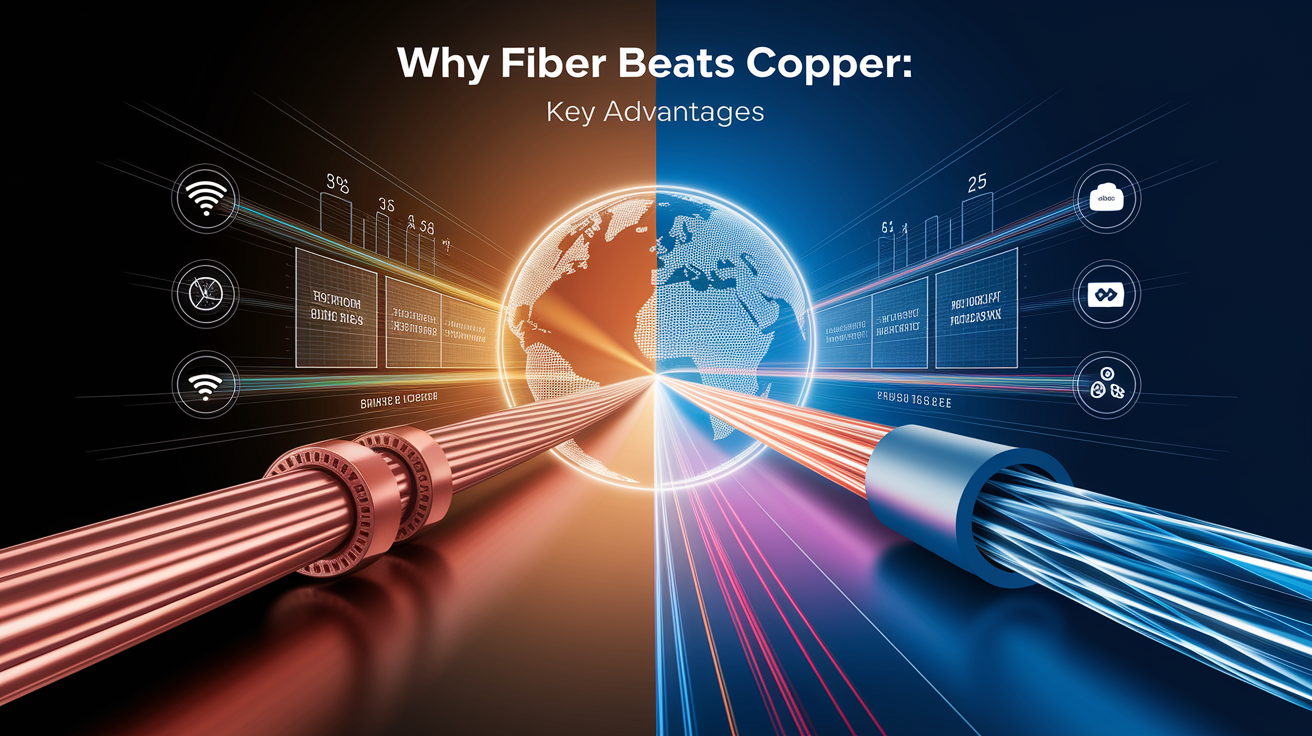
- Massive Bandwidth: Supports frequencies up to tens of terahertz, enabling data rates exceeding 100 Gbps per channel.
- Minimal Signal Loss: Signal attenuation can be as low as 0.1 dB/km, allowing for transmission over many kilometers before amplification is required.
- Immunity to Interference: No impact from electromagnetic or radio frequency noise, making fiber ideal for electrically noisy environments.
- Security: Extremely difficult to tap into without detection.
- Compact and Lightweight: Easier to transport, install, and integrate into network infrastructure than thick copper bundles.
Signal Journey: From Transmitter to Receiver
A fiber-optic link has an elegant step-by-step process:
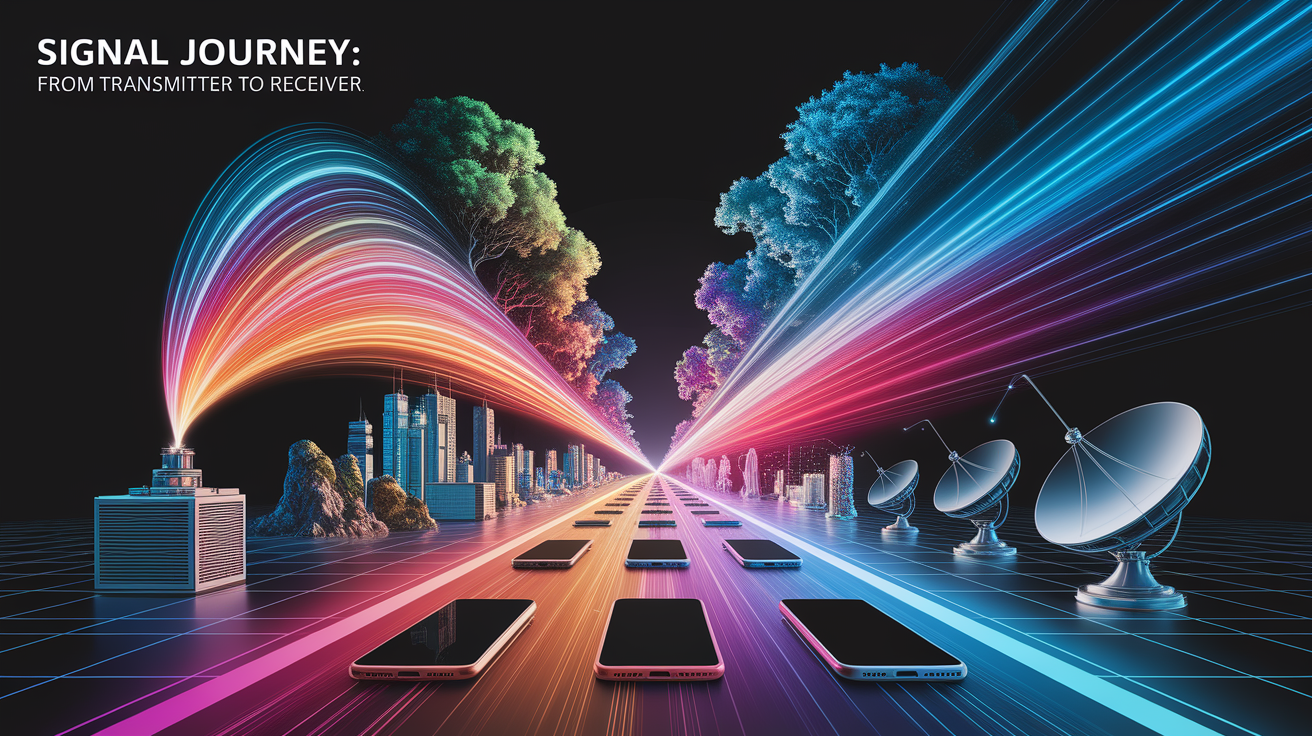
- Transmission: A laser diode or LED generates an optical signal, encoding it with the data to be sent.
- Light Guidance: The signal enters the fiber’s core, where it is guided forward by total internal reflection through the cladding.
- Boosting: Over long distances, optical amplifiers may restore the light’s strength without converting it back to electricity.
- Reception: At the destination, a photodetector captures and converts the light signal back into an electrical signal for computers or other devices to use.
Advanced methods like wavelength division multiplexing (WDM) allow multiple wavelengths—or “colors” of light—to carry separate streams of data through the same fiber, greatly expanding capacity.
Where It Shines: Real-World Applications
Fiber-optic cables are woven into nearly every aspect of our connected world. According to industry overviews and historical accounts, here’s where they truly excel:

- Internet Backbone: High-speed cables linking continents and cities.
- Fiber to the Home (FTTH): Direct fiber connections delivering gigabit broadband to consumers.
- Telecommunications: Voice, video, and messaging services rely on fiber for stability and clarity.
- Medical Imaging: Endoscopes and surgical tools use ultra-thin fibers to view inside the human body.
- Industrial Sensing: Monitoring temperature, strain, or chemical changes across large areas.
- Entertainment Distribution: Cable TV and streaming servers feeding high-resolution content to millions.
Keeping the Light Clean: Installation and Maintenance Best Practices
Fiber optics demand precision during installation and care during their service life to maintain top-notch network performance:
- Proper Fiber Splicing: Aligning fiber cores with microscopic accuracy to minimize optical loss.
- Avoid Tight Bends: Over-bending the fiber can cause light to leak out of the core.
- Connector Cleanliness: Dust or oil can scatter light, so connectors should be kept pristine.
- Testing and Inspection: Use optical time-domain reflectometers (OTDRs) to locate faults and verify performance.
- Shielding from Stress: Protect cables from kinks, crushing, and environmental hazards.
Conclusion: A Bright Future for Fiber-Optic Data Transmission
Fiber optics are the quiet heroes keeping our digital lives running smoothly—supporting everything from high-speed browsing to lifesaving medical imaging. With advances in photonic technology, improved optical switching, and innovative amplification techniques, we can expect even greater speeds, capacities, and efficiencies. As global demand for instant, reliable data grows, fiber-optic systems will continue to shine as the gold standard of modern digital communication.
